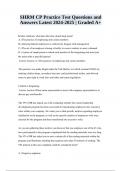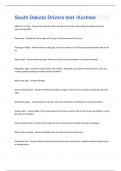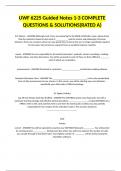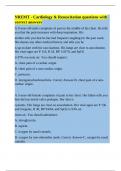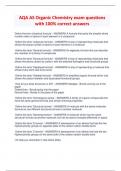Resume
Summary of the article: "Work group diversity and group performance"
- Cours
- Établissement
Summary of the article "Work group diversity and group performance: an integrative model and research agenda" written by Knippenberg, Dreu & Homan
[Montrer plus]




